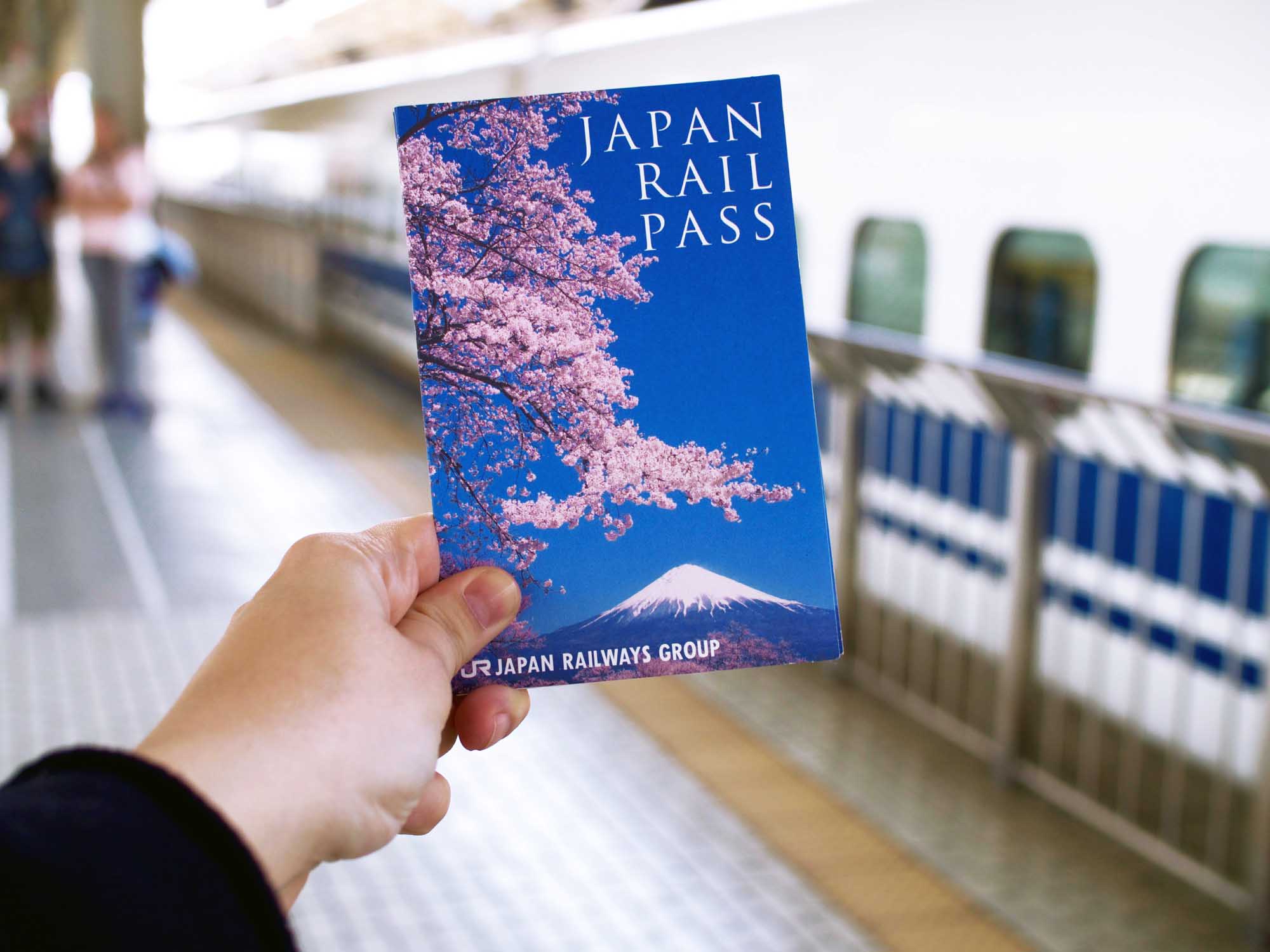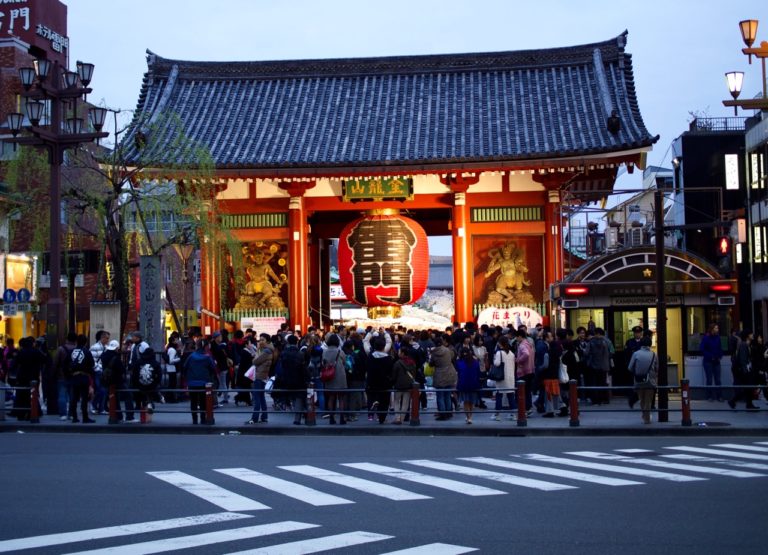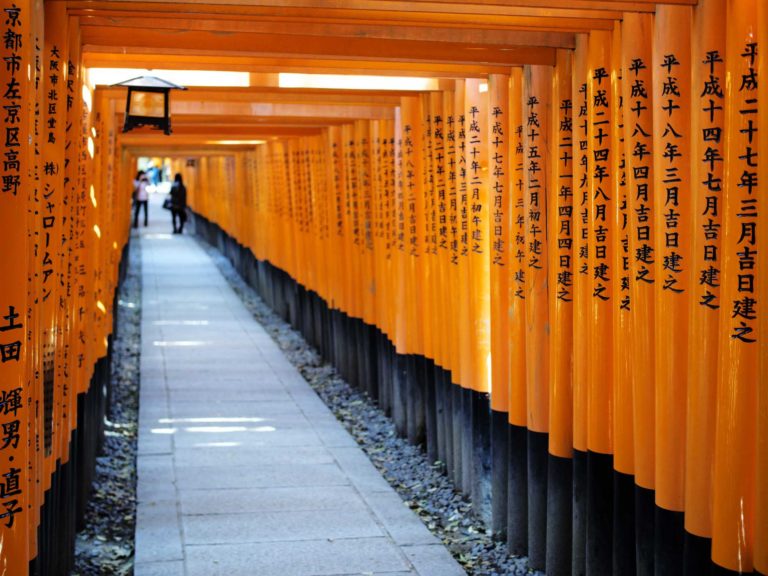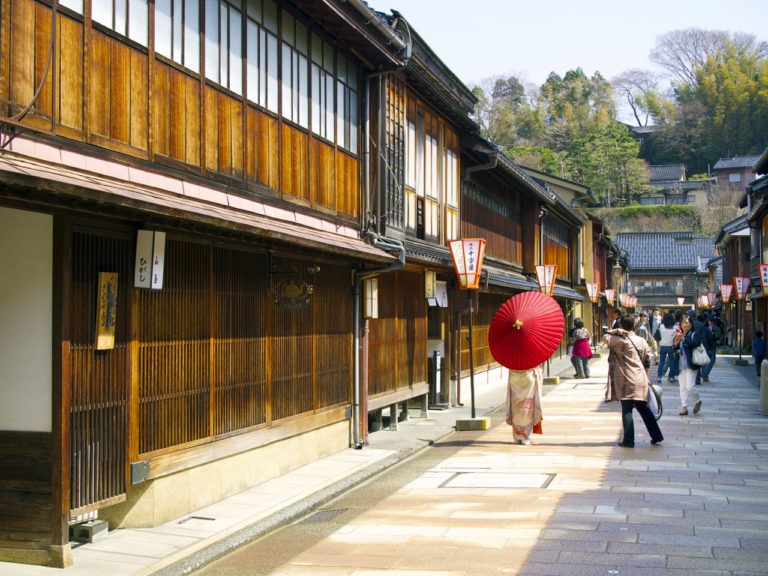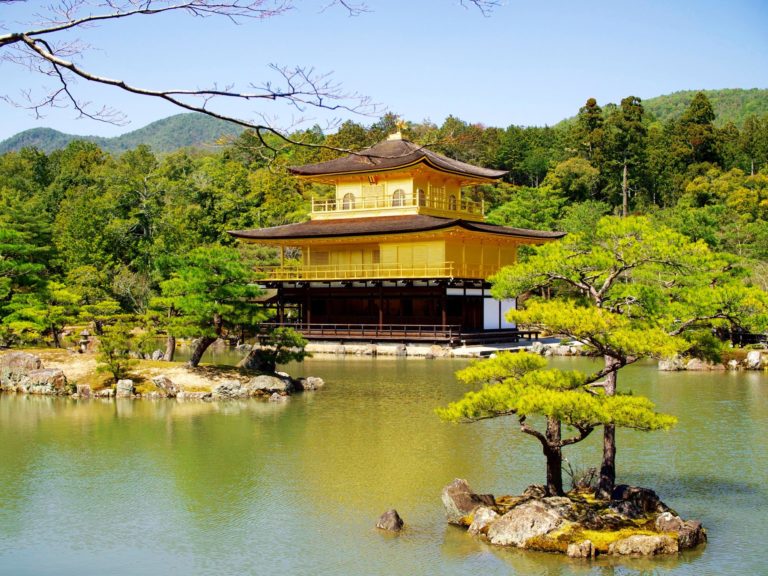Everything you need to know about the Japan Rail Pass
When you think of transportation in Japan, obviously the Japan Rail Pass comes to mind. Experiencing the world-famous bullet trains is one of the most popular items on bucket lists for first-timers – and trust me, they are just as wonderful and efficient as their reputation suggests.
Now, on to the serious stuff. I tested the JR Pass over a period of 14 days using many different types of trains across the country, including some of the most iconic trains in Japan, from the regional slow trains to the blink-and-you’ll-miss-it shinkansen. Start the kettle and make yourself comfortable, this is a long one!
+
japan travel tips
What’s included in a Japan Rail Pass
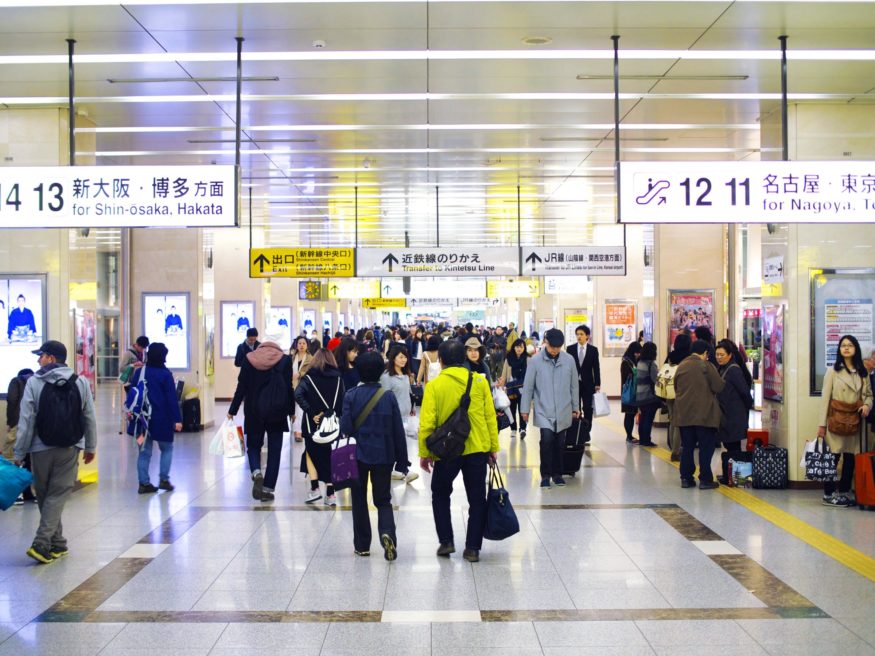
My standard pass (i.e., not first class) pass gave me access to unlimited travel on shinkansen trains and JR lines alike without reservations or hassle. You just show up at the train station, present your pass to a staff member, and make your way to your platform. Simple as that!
Where you can use your pass:
- JR lines across Japan
- JR inner city lines in Tokyo, suburban Osaka and suburban Kyoto (I was in Tokyo for 5 days and didn’t use the subway once)
- The Narita Express
- JR bus services (I didn’t pay for transit within Kyoto, I only used the JR buses)
- JR Miyajima Ferry
There are, however, a few restrictions.
Japan’s rail network is exploited by several companies, including private ones, which are not covered by the pass. These smaller companies mostly operate in remote areas but a few, like the Nozomi and Mizuho bullet trains, are present in big cities and can easily be confused with the JR bullet trains. This is probably the only negative aspect of the JR Pass: while the network isn’t restrictive by any means, it doesn’t cover everything, and if you want to venture far off the beaten path, well, it’s gonna cost ‘ya.
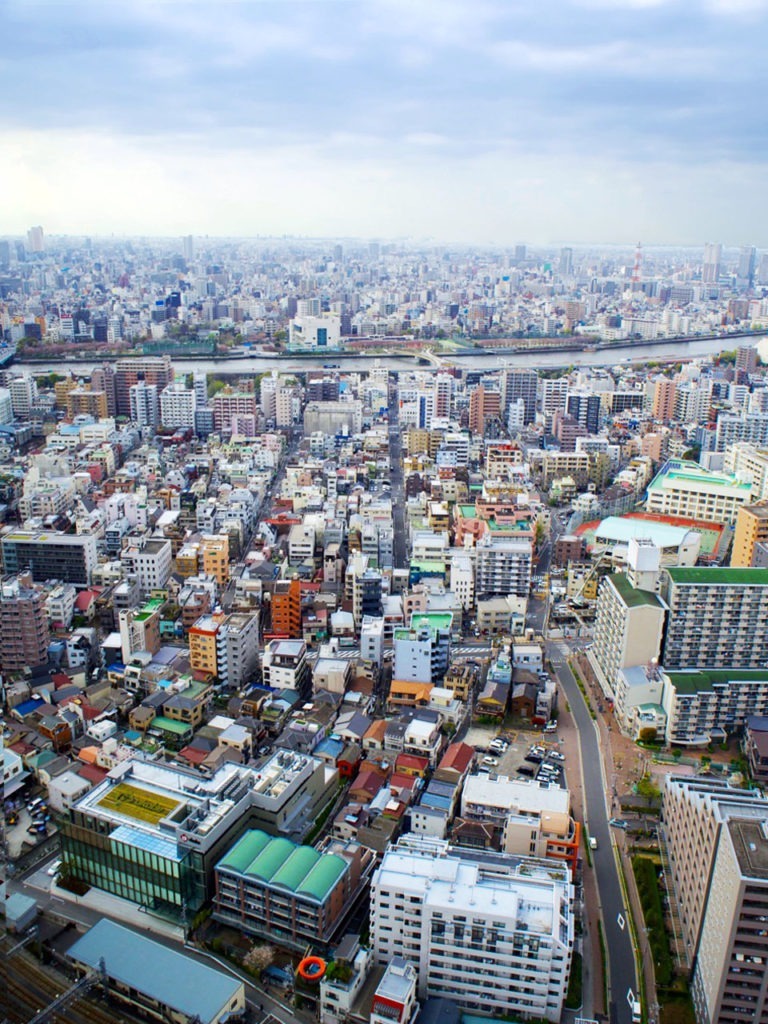
How to get a Japan Rail pass
- You can’t purchase the pass in Japan. You MUST order it online before you leave.
You will need to activate your pass at a JR rail exchange office before you can use it. It has to be stamped and authenticated by a member of staff in order to be valid for travel. I went to the station at Tokyo Narita airport.
- I used HyperDia.com to look up timetables and itineraries. You can select the types of train (or, incidentally, untick the Nozomi trains) you want or can travel on and view up to five different routes for your journey.
- You can’t go through turnstiles with your JR Pass. You have to go head to the fare booth at either ends of the gate and show your pass to a JR employee. I’m only saying this to spare you from being that annoying westerner blocking the turnstiles while trying to swipe your pass (sadly, a true story).
- Although most trains have many empty seats due to regular service, reservations are sometimes necessary on busy lines during holidays.
- Remember, though, that most JR employees don’t speak English so prepare accordingly and print out a copy of your itinerary in Japanese.
+
japan travel tips
Is the Japan Rail Pass worth the price?
Whether or not the pass is worth it entirely depends on your itinerary. At this point, it really depends on the type of traveller you are.
The bottom line is that if this is your first time visiting Japan and you want to tick the main sights off your bucket list, then yes, absolutely, the Japan Rail pass is worth it.
Unless you plan on sticking to one or two cities, I wouldn’t recommend going to Japan without a Japan Rail Pass in this scenario (or, at the very least, a regional pass). I sincerely appreciated the peace of mind that pass gave me, not having to worry about communicating in a language that isn’t my own, about surprisingly expensive fares, about anything, really. All I had to do was sit back, show my pass when asked, and enjoy the remarkable Japanese scenery.
Once you get the hang of it, the Japan Rail Pass is an absolute life-saver.
What is not worth the expense, in my opinion, is the first class pass that will grant you access to the green cars. The standard cars are comfortable, spotless, and in overall, irreproachable; I don’t feel like the first class is an absolute necessity in the way it is with the Eurail pass, for instance.
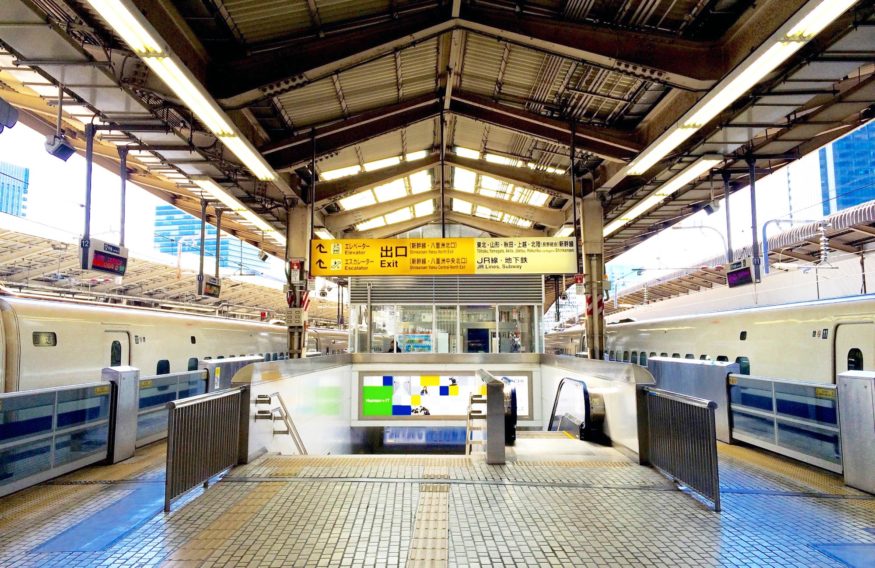
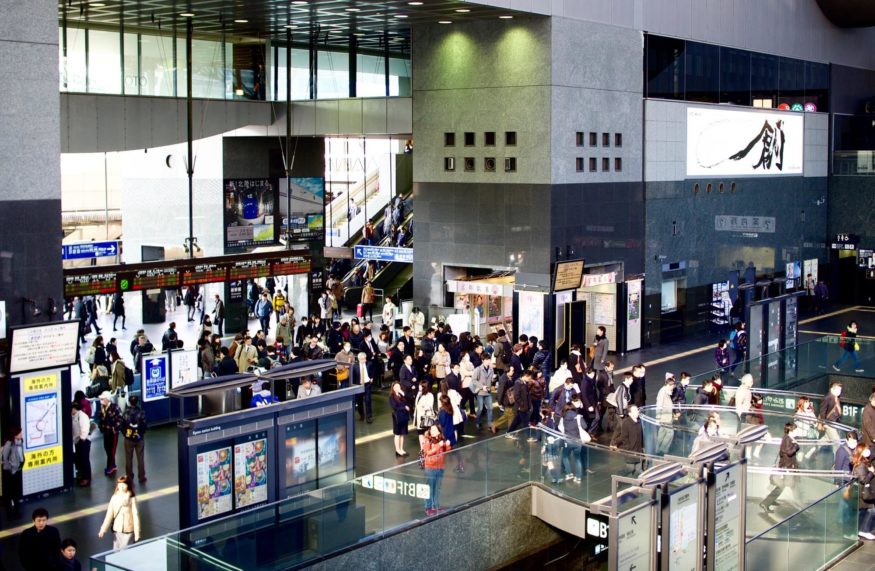
How much is a Japan Rail Pass?
Prices start at $278 for a 7-day pass and $444 for a 14-day pass. Considering a Tokyo-Osaka shinkansen ticket roughly costs $90, the pass ends up paying itself in no time if you move around every few days like I did. Considering I took the train on 19 separate occasions for both long and short distances, boarded one ferry, and hopped on countless buses, I saved over $1000 with my pass – the Narita Express alone is $29 each way.
Sorry JR, you didn’t make a yen of profit with me ;-)
+
japan travel tips
Low-cost trains in Japan
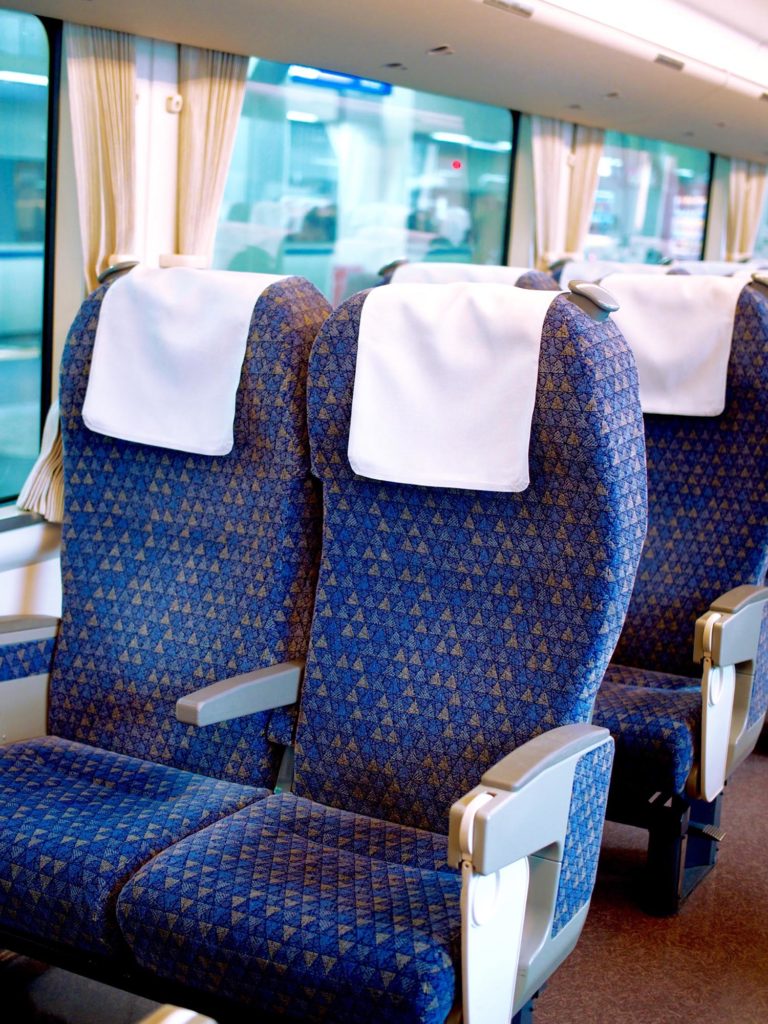
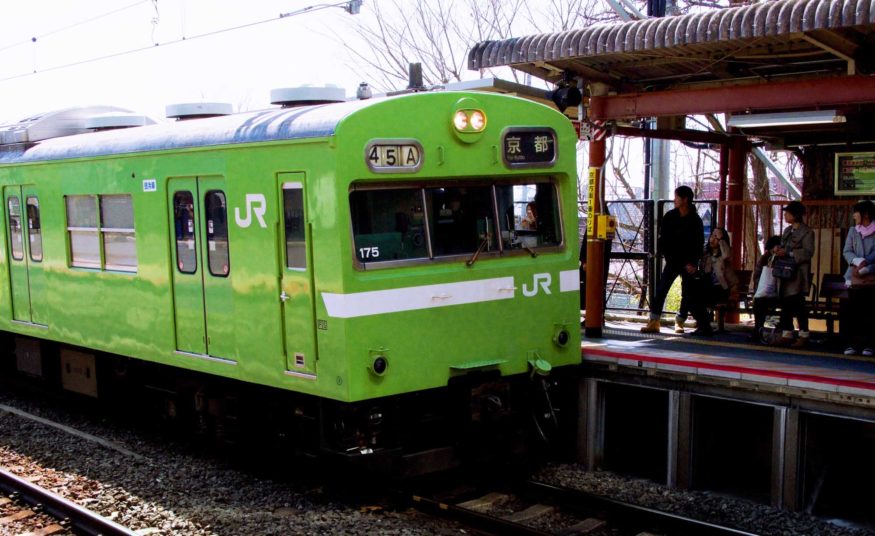
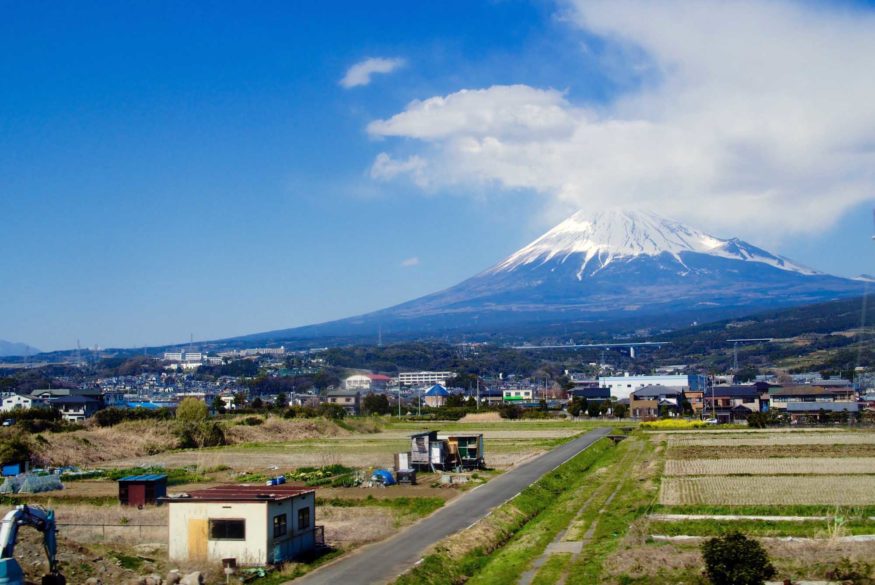
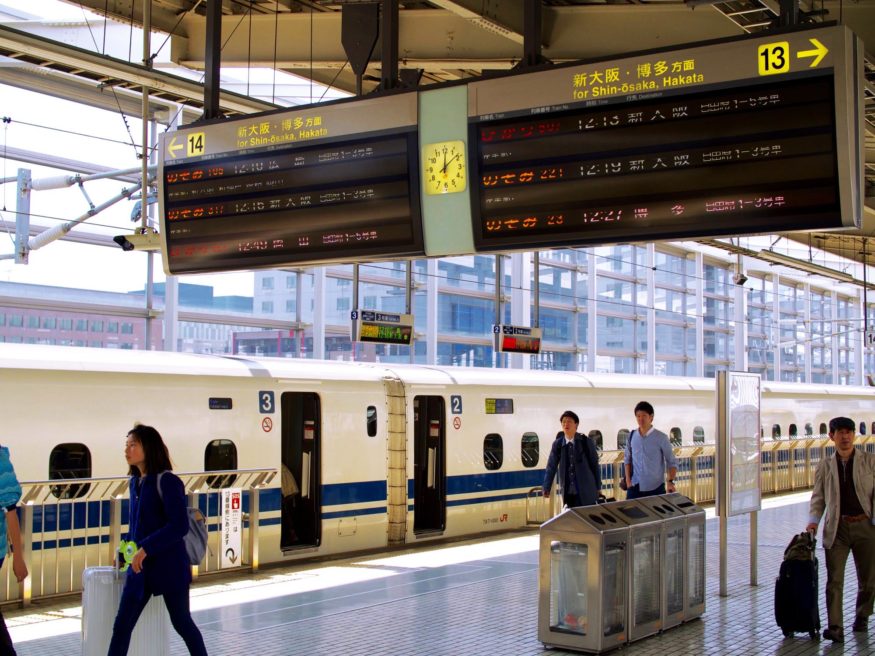
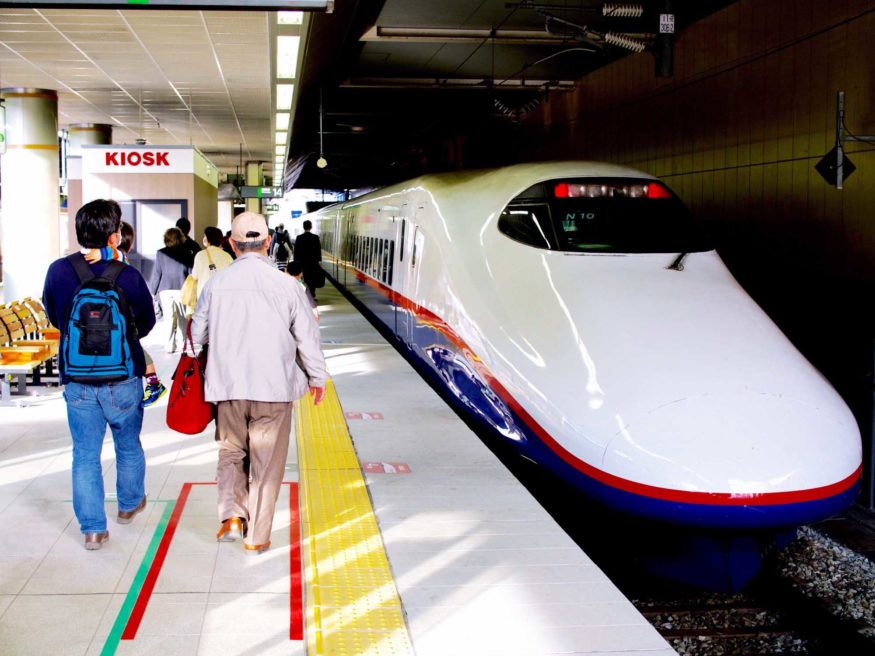
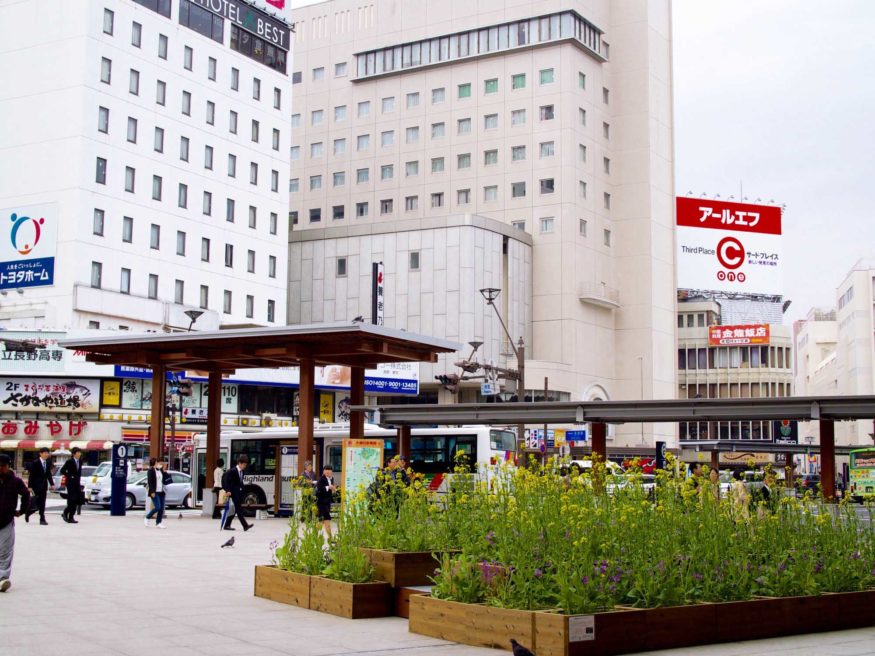
What about driving in Japan?
I rented a car to tour the Japanese Alps because many of the destinations I wanted to visit were either not accessible in a reasonable amount of time or were simply not serviced by Japan Rail.
Admittedly, I was even a little bit excited about finally driving on the “other side of the road”.
But what I had failed to look up were the tolls—rookie mistake, I know. And a costly one at that! We almost had a heart attack upon paying the first one: $51 for a 30-kilometre journey between Nagano and our ryokan in Yudanaka… more than what we paid for the two-day rental! We ended up returning the car after one day because it was so bloody expensive to keep it, skipping a few destinations and taking the train straight to Matsumoto Castle further south.
In short: under no circumstances would I ever recommend driving in Japan, especially considering how efficient and extensive the rail network is.
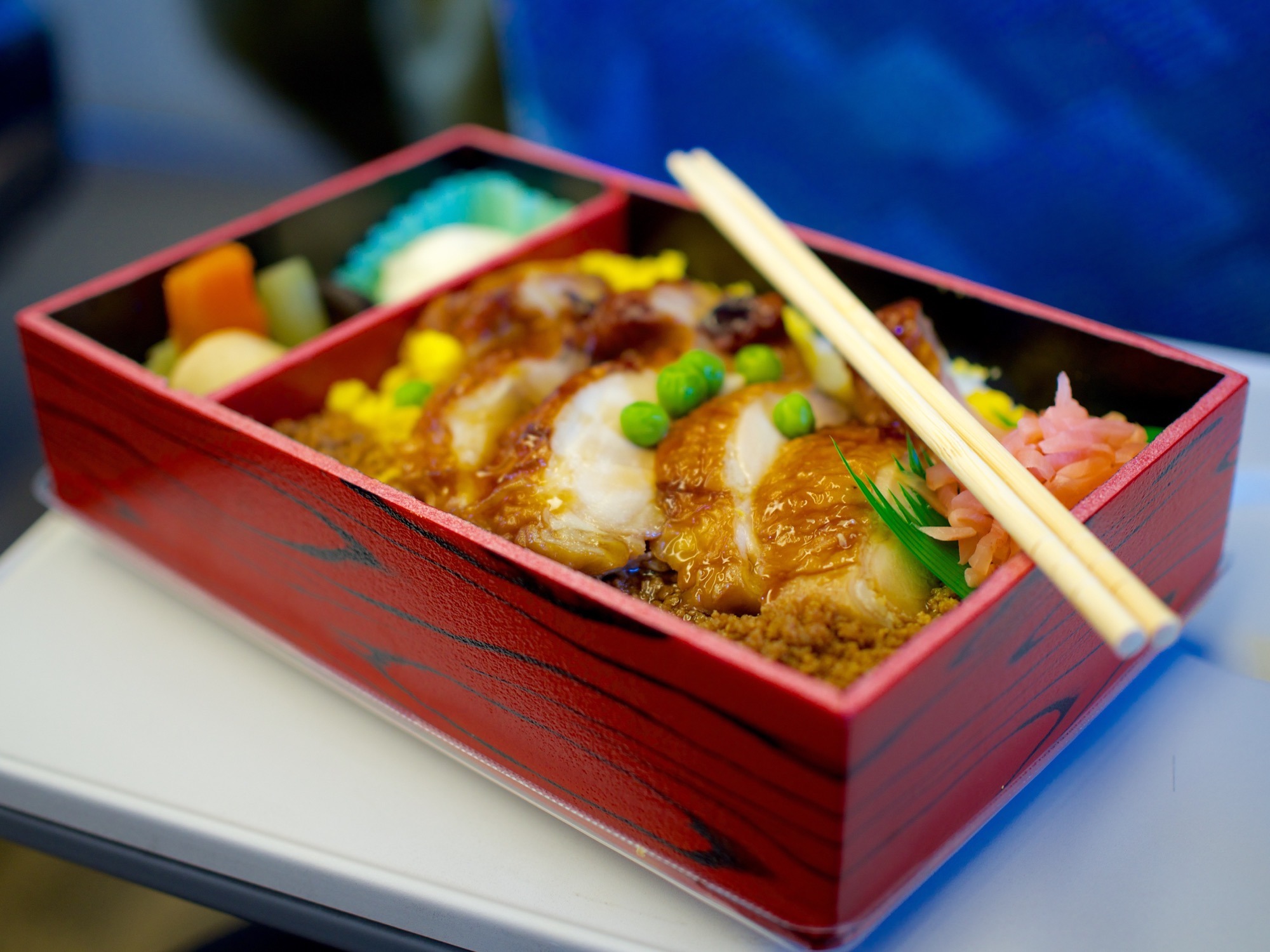
Japan Rail Pass tips and trains in Japan
Europeans and North Americans typically avoid the food sold in train stations (ew, gross!); however, grabbing a bite on the platform is commonplace in Japan and an experience in its own right. As it should be! The food is delicious, well-priced, and readily packaged for takeaway.
Train employees on the platforms will bow at arriving trains; conductors and other train personnel will bow upon leaving a car. Every. Single. Time.
On a totally unrelated but not any less interesting note, everyone should see the cleaning teams at work at least once in their life. They robotically clean out an entire train (FYi – each car has 100 seats) in just seven minutes. Because Japan.
Japanese people tend to be very quiet on the train. Don’t listen to loud music in your headphones, keep the talking to whisper level, and for the love of God don’t blow your nose unless you want to cause mass panic.
You can get discounts on JR Hotel Group with your pass. I didn’t find anything that suited my taste or needs so I didn’t use it, but it’s good to know it exists.
In smaller commuter and regional trains, seats can easily be switched directions because they are equipped with flipping back rests. Some shinkansen trains even have automatic rotating seats! The Japanese do not like to face backwards.

